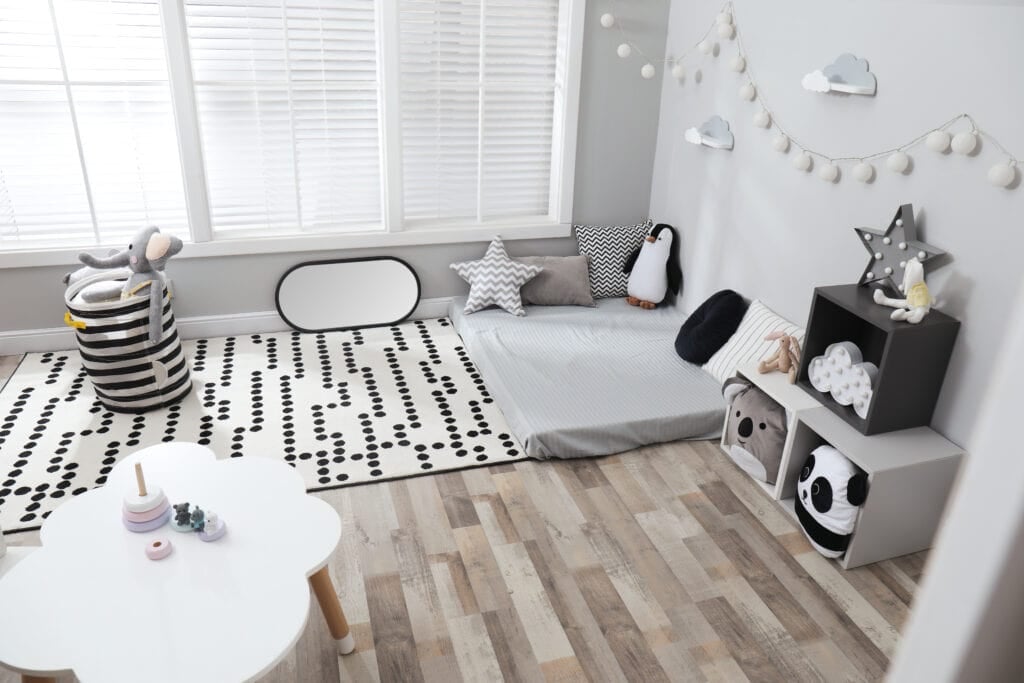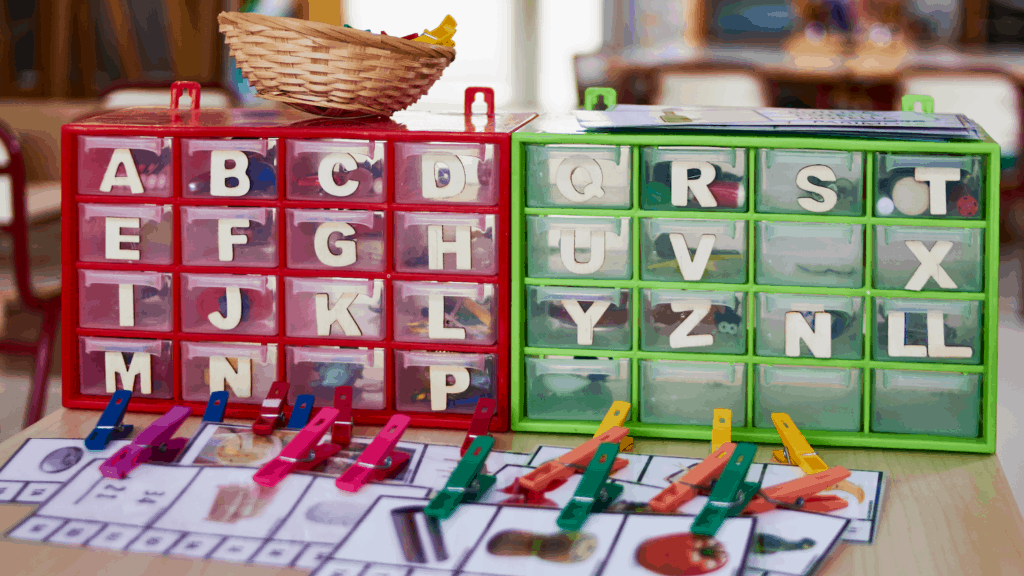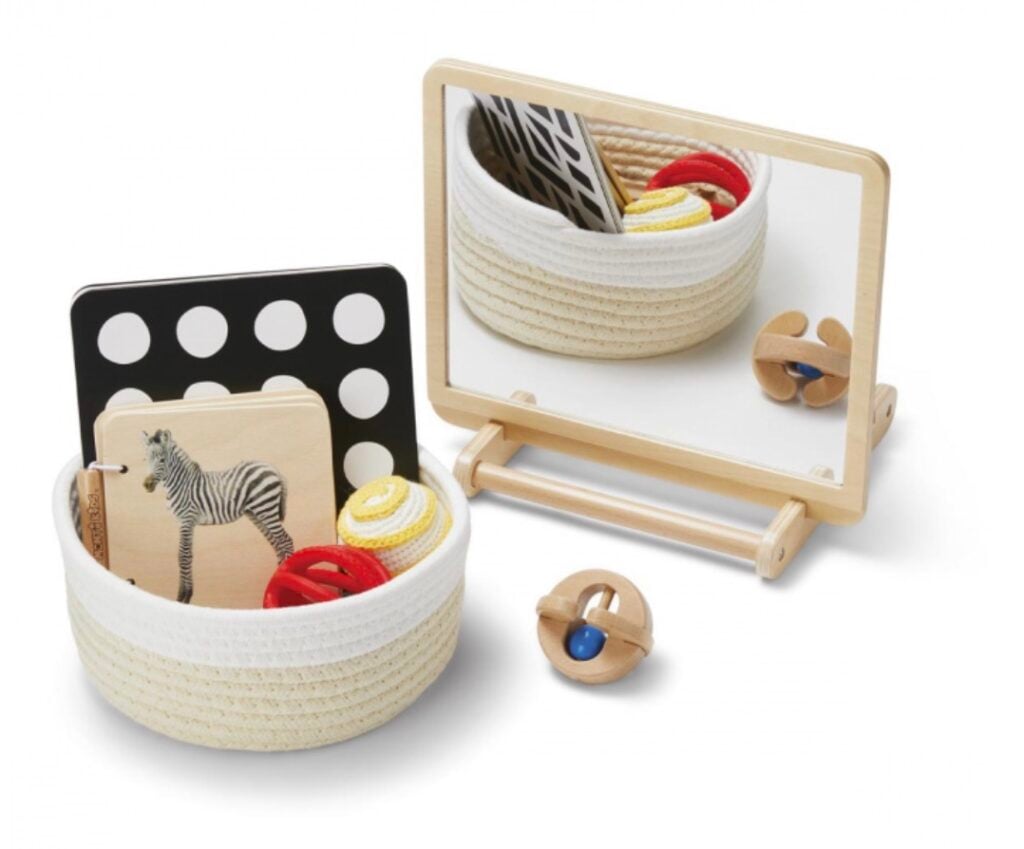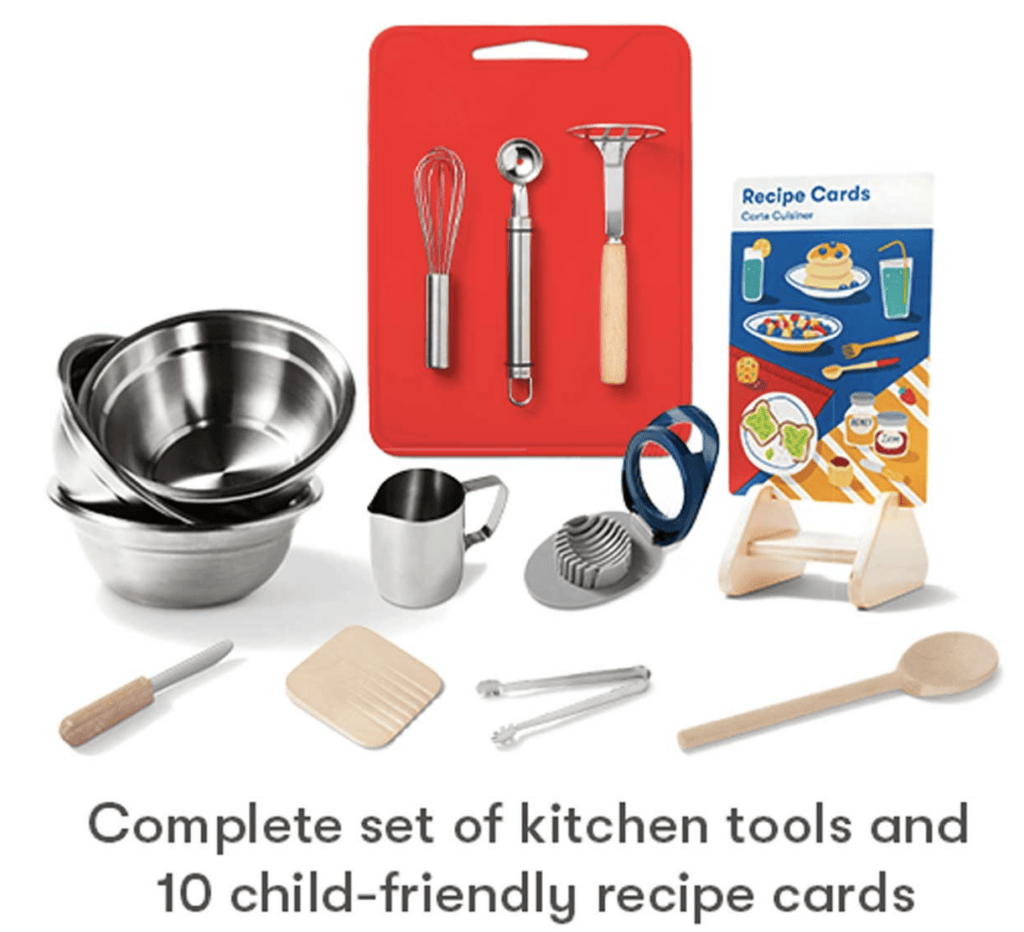The
The Montessori method focuses on hands-on learning during the early stages of life. It also includes self-directed learning and independence. If you are interested in the Montessori method for your child, but not sure where to begin, here are the 15 best
Help With Laundry
Children get a blast out of putting things away and taking them back out, so having your toddler help you load and unload the laundry is an easy way to get them engaged. You can demonstrate how clothes go into the hamper and let them help you collect dirty clothes. (Source: Carrots Are Orange)
When switching your laundry from the washer to the dryer, you can have them help by putting the wet clothes into the dryer or handing the items to them so that they can toss them in. Having your toddler help with chores will make them more likely to want to help you in the future.
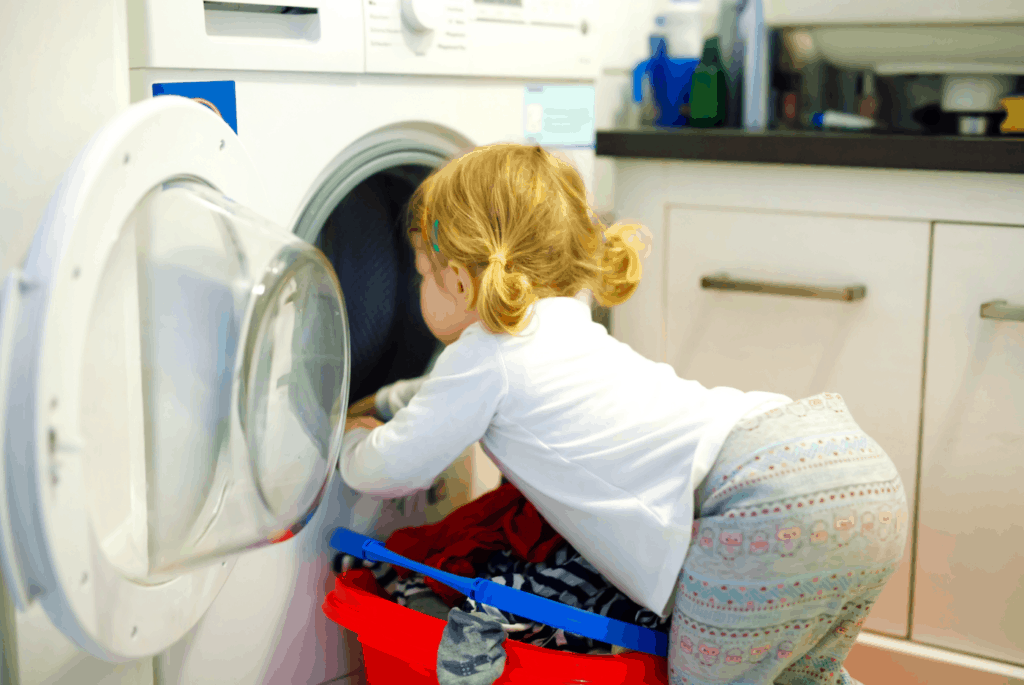
Search for Toys Inside Boxes
Children are curious and love to explore, so hiding toys inside different boxes is a fun discovery game for your toddler.
Some good box examples include:
- Wipe boxes
- Gift boxes
- Jewelry boxes
- Tupperware
- Cardboard boxes
Once you have placed some items inside the boxes, you can give them a little shake to get your child interested in what’s inside. Then, you can allow them to explore the different boxes. This activity is good for motor skills development, and it teaches object permanence, or your child’s ability to understand that objects still exist when they are no longer seen. (Source: VeryWellMind)
Lid and Bottle Matching
Start saving your empty baby food jars and containers because this matching activity is perfect for your learning toddler. Baby food jars are the perfect size for their little hands to get a grasp on learning how to twist caps on and off. They’ll need a lot of practice at first, but as they get older, they’ll be able to graduate to larger containers like spaghetti jars or pickle jars.
Once your child understands how to twist the caps, you can give them containers that are different sizes so that they have to match the right lid to the right bottle. This activity is beneficial for fine motor skills and shape and size recognition.
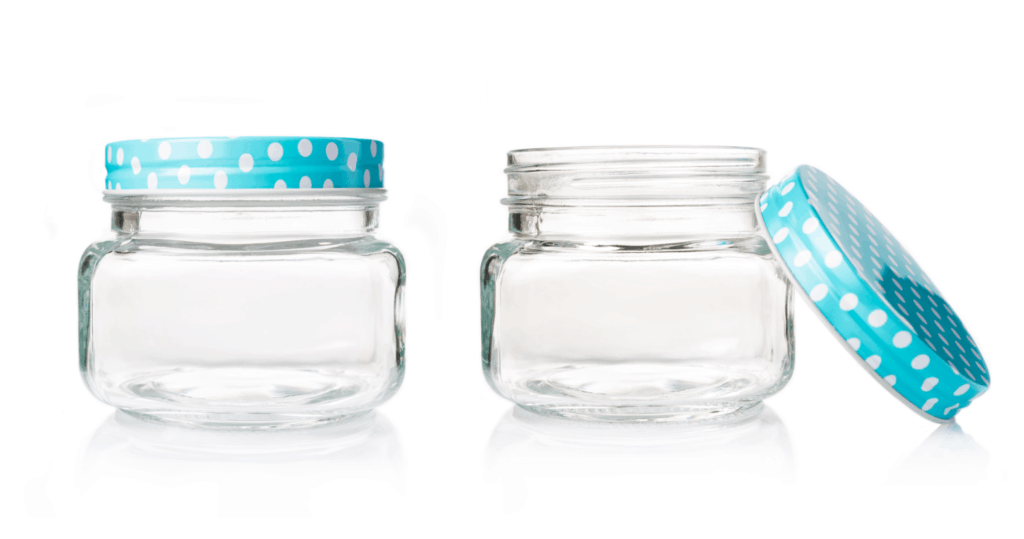
Monochrome Color Trays
A monochrome color tray is a group of objects that are all the same color. Maria Montessori recommends that you introduce primary colors to your child first for them to be familiarized with the colors. The primary colors are yellow, red, and blue. (Source: InfoMontessori)
Starting with the first color, collect items around your home that are safe for your toddler to play with. Let your child explore the colors, let them know what the color is, and they’ll be able to recognize that different objects can be the same color. Then, do the same with the other primary colors.
Once the primary colors are introduced, you can move on to the secondary colors – green, purple, and orange. This
Color Sorting
Once your child has been introduced to colors, you can begin to mix up the colored objects you collected and invite them to sort them out. You can guide them by choosing one color and letting them know you are looking for a color that is the same. You can then grab the same color to show your child how to sort out.
Once you have given your toddler the instructions for this activity, let them play around with the toys independently and see if they’ll sort the colors out themselves. This activity also helps with motor skills, concepts of color, discovery, and sensory.

Peeling Stickers
Peeling stickers is a great way to improve your child’s fine motor skills, and it is an activity they can enjoy. Colored dots are a great example of stickers that can be used, and they can also help them with identifying colors. Gather some paper and some stickers for your toddler and then demonstrate how they peel and how they can stick to the paper.
Another great sticker idea is to have the books of reusable stickers so that they can peel and stick the stickers wherever they want and restick them if they want to move the sticker to a different spot.
Along with fine motor skills, this activity gives them sensory play by feeling the stickiness of the stickers. It’ll also help with problem-solving skills when the stickers become stuck to them, and they struggle to transfer them to the paper. (Source: How We Montessori)
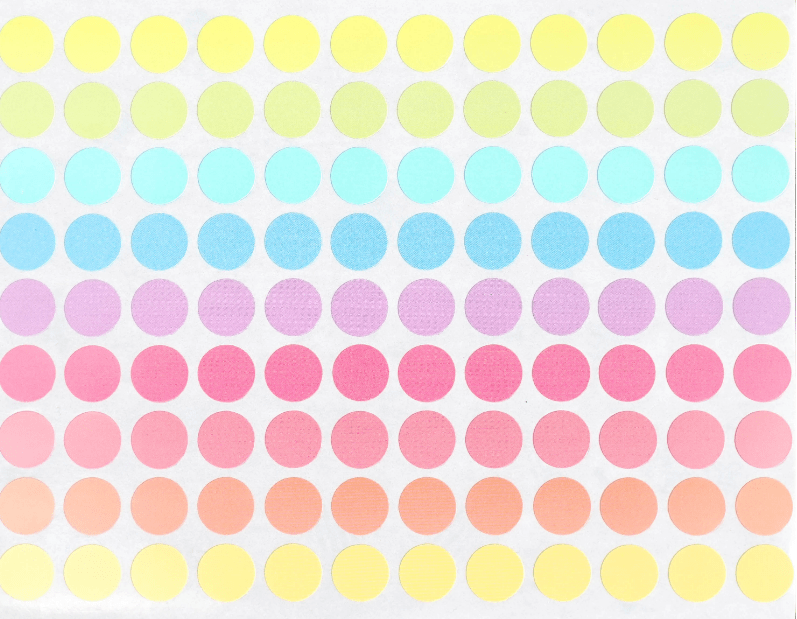
Threading Activities
Threading is an activity that can help improve a child’s concentration, fine motor skills, and hand-eye coordination, which can help them improve their skills with other Montessori activities. (Source: St. Andrew’s Montessori)
For this activity, pipe cleaners or shoelaces work well for the thread, and large beads with large holes help make the threading easier. To help your toddler, you can stick the pipe cleaners straight up into a mound of play dough to help hold it still. Once your child has mastered threading this way, you can remove the dough and have them hold the pipe cleaner with one hand and thread with the other.
Alternatively, you can purchase a wooden beading kit. My 3-year-old daughter and 2-year-old niece love this one from Melissa and Doug.

Spice Tray Sensory
This sensory activity can help your toddler develop a sense of smell, touch, and taste. It will also help them with fine motor skills as they practice opening the spice bottles.
To do this activity, follow these steps:
- Gather any spices you have that don’t have sharp flavors, like pepper.
- Allow your child to explore the bottles by letting them look and shake them.
- Once they have discovered that there is something inside, invite them to open the jars to see what’s inside.
- Have your child smell the spices, shake some out, feel, and touch.
They will discover that they make different sounds, feel differently, and also taste differently. Many children enjoy playing with cinnamon sticks and bay leaves.
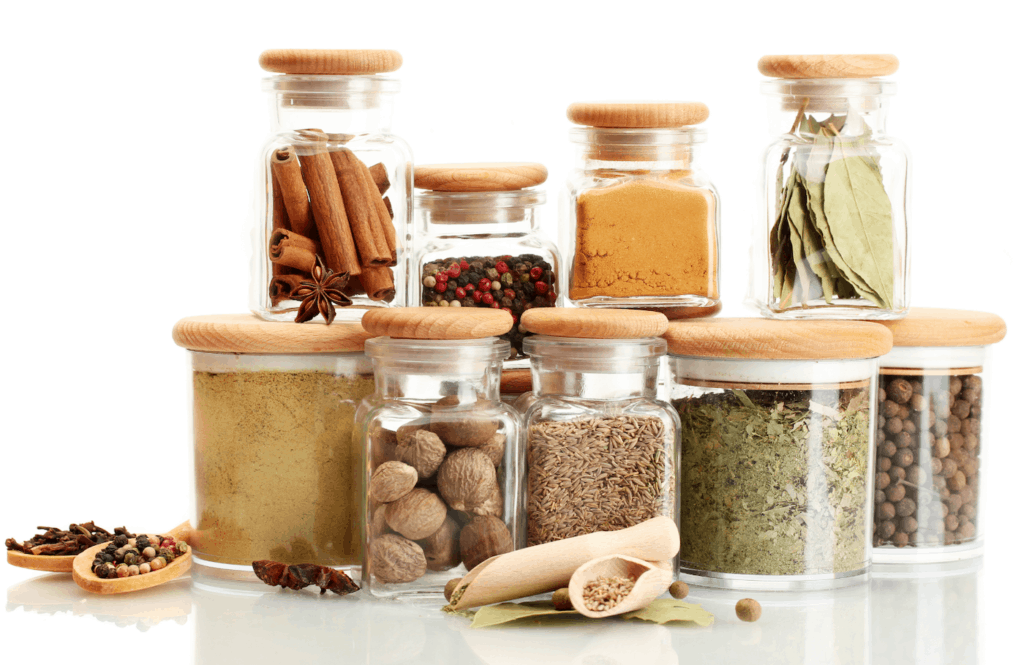
Nature Tray
On your next nature walk, bring a bucket to collect any flowers, leaves, pine cones, or anything you stumble across. When you get home, place those items in a tray and let your toddler explore the different sensations.
They will want to separate everything, pull petals off, crunch them, smell them, and maybe taste them. This sensory activity helps improve motor skills and also helps develop an awareness of nature. It’s a great way to get your child interested in playing and exploring outdoors, as well.
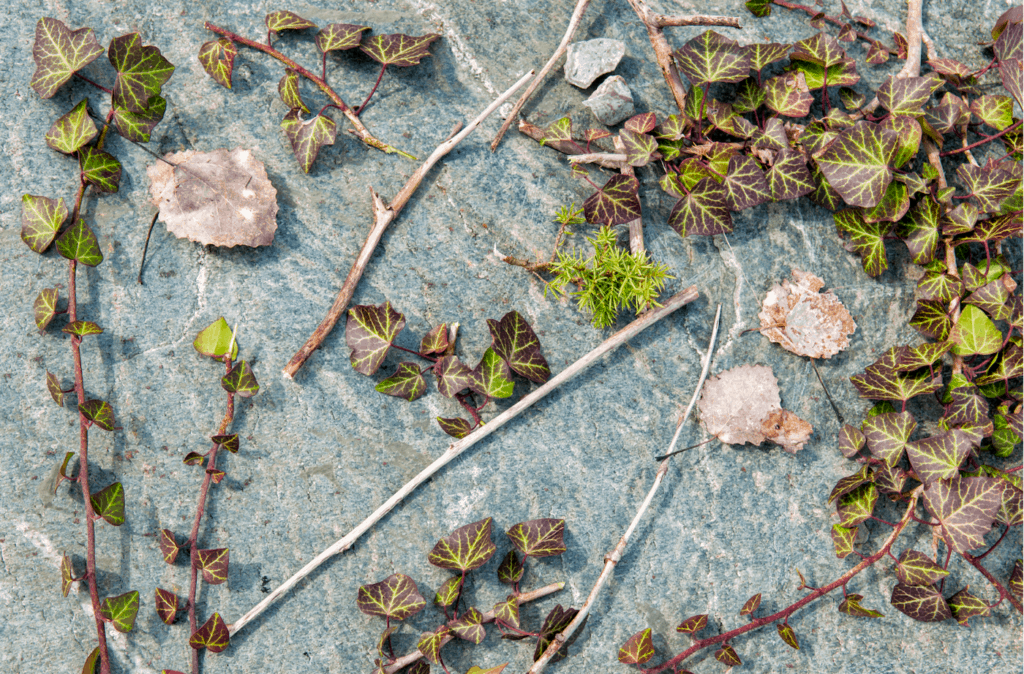
Nesting Materials
Nesting materials are objects that range from small to large and are made to fit inside of each other; this could be measuring cups, boxes, nesting dolls, and pyrex dishes. Nesting activities help a child with critical thinking, problem-solving, gross motor skills, and spatial perception. (Source: How We Montessori)
When introducing nesting objects to your toddler, it is helpful to begin with just two items of different sizes. Allow them to figure out which one fits inside the other. Then, you can work your way up to more options.
One way to add to this activity is to tell your child a story as they are placing the objects within each other. Elise Brady, a
This nesting activity creates curiosity in the child and can help them understand their impact in the universe. (Source: Trillium Montessori)
Ball Tracker
Tracking toys allow your toddler to focus on moving objects. It also helps them with grasping and releasing when they have to pick up the ball and drop it into the hole. These toys often have several slopes so that the ball can drop down each level and roll from side to side, catching your child’s eye.
If you don’t have one of these, you can make one yourself by taping paper towel rolls to the wall on an angle. You want the ball to roll through and fall into the next roll and the next. This activity allows your toddler to work on their early logic skills by predicting where the ball will end up next.

Coin Box
A coin box is a wooden box with a slot at the top for your child to drop large toy coins into. Once the coins drop in, they will disappear from the child’s eye, which teaches them object permanence. They will then be able to pull open a drawer that holds the coins and start over.
This activity also helps with fine motor skills, hand-eye coordination, and discovery. If you don’t have one of these toys, you can make yourself one by cutting a slot in the top of a cardboard box. A Huggies wipe box also works great for this. You can even purchase a “piggy bank” for your child to start teaching them the concept of money!

Sensory Bin Play
A container of dry rice, dry pasta, dry beans, or sand is a great sensory activity for your toddler. You can also color the rice or sand for some added fun. They’ll want to hide small toys, transfer to smaller containers, push it around, etc.
This activity can help with fine motor skills and stimulates the sense of touch and smell. Adding color can help activate the visual sense and teach them about colors. (Source: PlayGroup)

Musical Tray
Collect any musical instruments you have to allow your child to explore all the different sounds. Introducing music to your child is shown to accelerate brain development, especially in the reading and language areas. (Source: USC News)
If you do not have any toy musical instruments, you can make your own with your child! Adding corn or rice to a mason jar can make maracas. Pots and pans can act as drums. Spoons can make a musical sound.
Music can expand all areas of a child’s development, so it is beneficial to learn what type of music your toddler enjoys and create a playlist for them. Dancing to the music can help them develop motor skills while they also practice self-expression. (Source: Bright Horizons)
Banana Peeling
Turn snack time into a
This sensory activity can help your child build independence and develop fine motor skills. It’ll help them gain patience and determination while they enjoy a yummy snack.
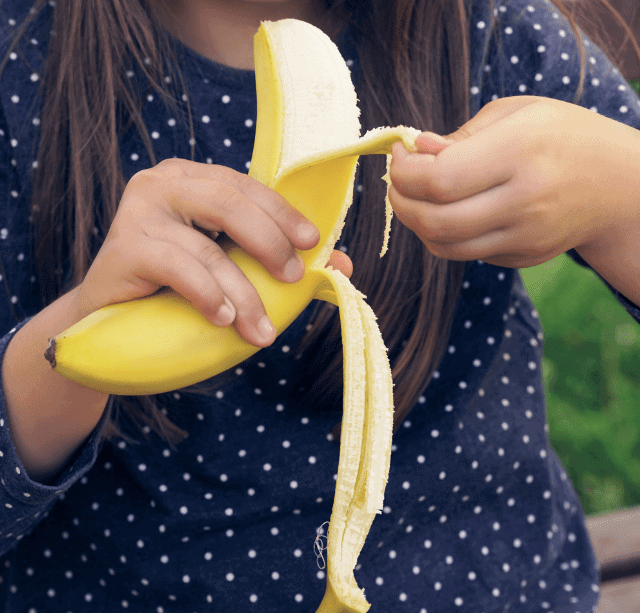
Practical Life Activities
Along with those
Benefits of practical life activities include:
- Increased finger strength that will help with writing
- Pincer-grasp practice
- Fine and motor skills that will help with hand dexterity
- Increased attention span
- Enhanced independence
- A developed sense of order
- Teaches life skills
(Source: Center for Children and Theology)
Creating a space for your toddler’s things in your kitchen cabinets is a way to integrate them into the family as a functional member of the family rather than a baby. Once they have their own space, they can begin to grab their plate, glass, and fork for mealtimes.
Giving your child a small glass pitcher to fill their glass of water is recommended because it helps kids quickly learn how to control their movements so that the glass does not break. This is called control of error. (Source: Montessori Services)
Other practical life activities you can include in your toddler’s kitchen routine are:
- Introduce the broom and dustpan, especially to clean up their messes. You can get them a mini version to make it easier.
- Introduce cleaning rags for messes.
- Allow them to chop up their fruit with a kid-safe knife.
Here is a list of practical life activities for your child outside of the kitchen:
- Climbing and descending stairs
- Carrying or pushing bins
- Climbing up and down on furniture
- Kicking, tossing, and catching a ball
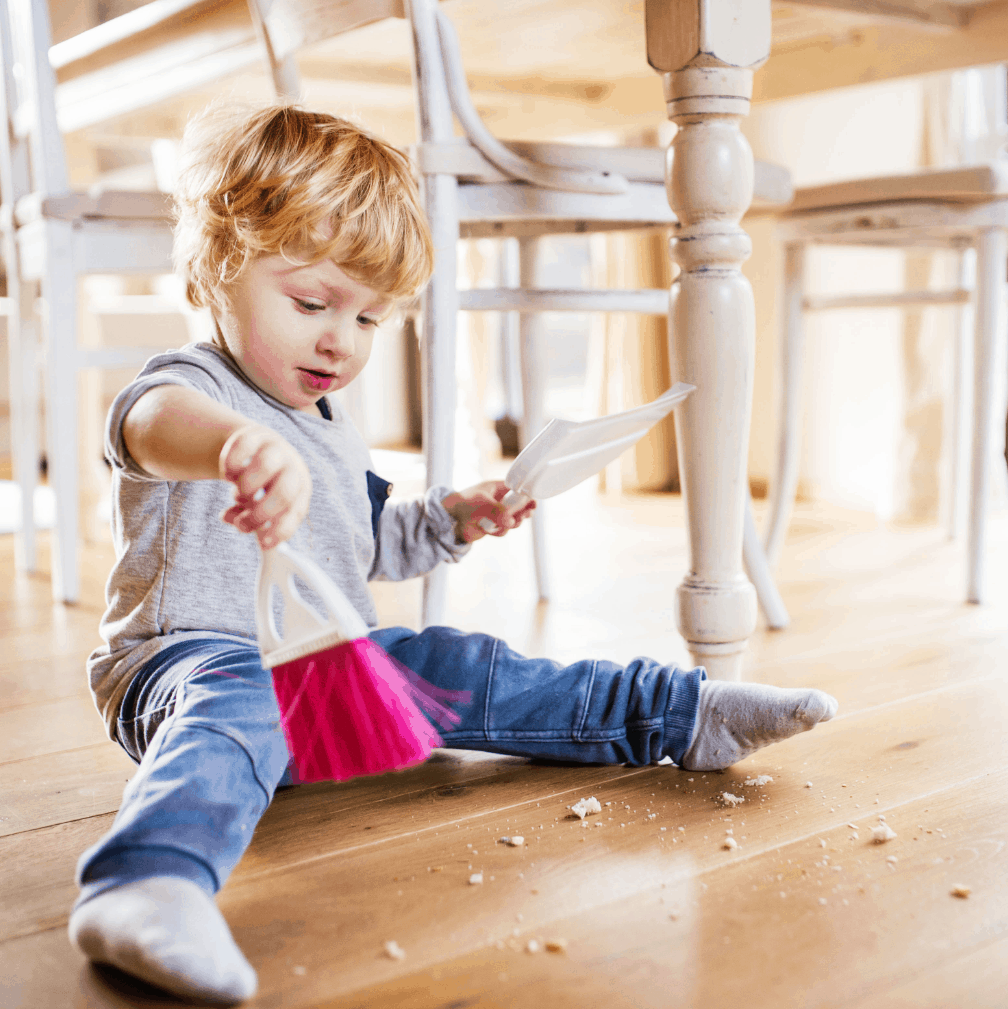
Spend Time Outdoors
Spending time outdoors with your child and letting them expend some of their energy is another great
Some outdoor activities that you can do with your toddler include:
- Visit the zoo – The zoo is a great outdoor space to take your little one to teach them about different animals and their habitats.
- Visit a beach – Get some Vitamin D at the beach and allow your child to explore the sand and water. Essentially, the beach is an outdoor sensory box.
- Go to a park – Bring them to a park that has trees and bushes and let them explore their surroundings.
- Take them on a small hike – Hiking is a great way to let your child exert their energy while exploring trees, streams, and critters. You can even have them collect small items they find to have a sensory bin later on.

Things to Keep in Mind
The
Here is a list of things to keep in mind when implementing this method:
- Invite your child to participate – There is a difference between telling a child to come to participate and inviting them to.
- Sit on their dominant side – This makes it easier for the child to see and copy your movements.
- Repeat activities – It’s normal for a child to not understand at first. Repeating the activity will allow them to grasp those skills.
- Show, don’t tell – You want the child to focus on the materials and activity, so you should use fewer words and have a clearer presentation.
- Let them solve problems – If you notice your child struggling to do something, allow them to solve the problem rather than jumping in.
- Keep the environment at the child’s level – Shelves, chairs, and tables should be easily accessible to them.
In Conclusion
Montessori’s hands-on method is designed to help children gain concentration and self-awareness. This is done by offering activities that help improve gross and fine motor skills, object permanence, and awareness of the world. Sensory play has a large role in the
For more information on toddlers and the
For the best toy ideas for your toddler for every budget, click here to read our article.



